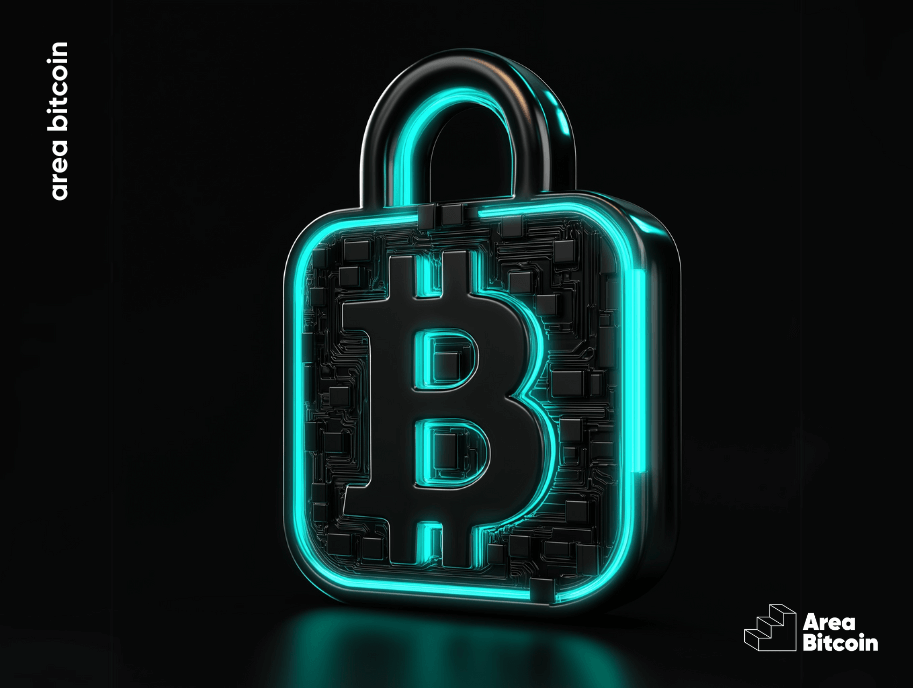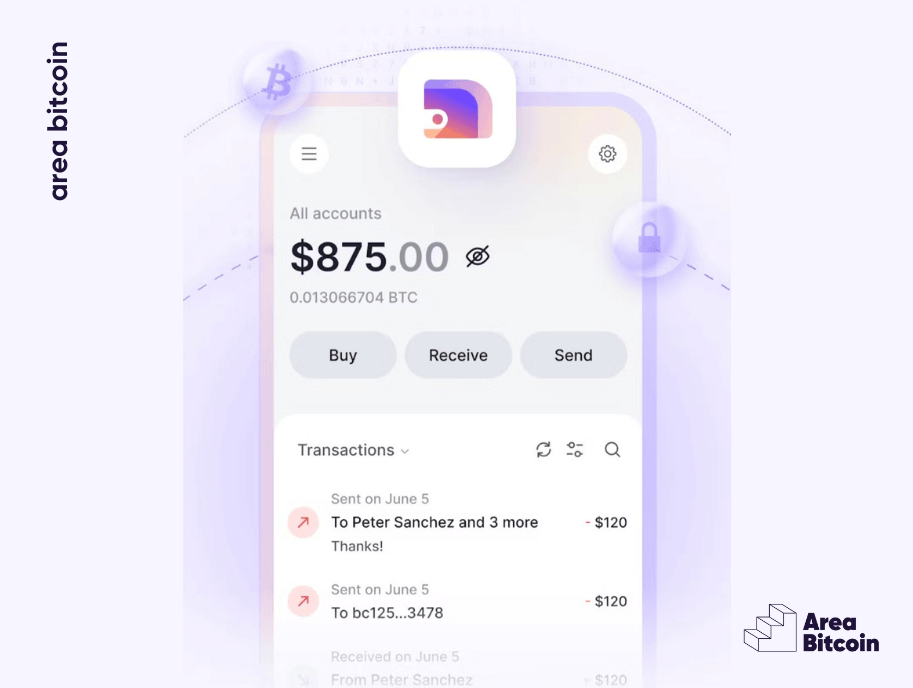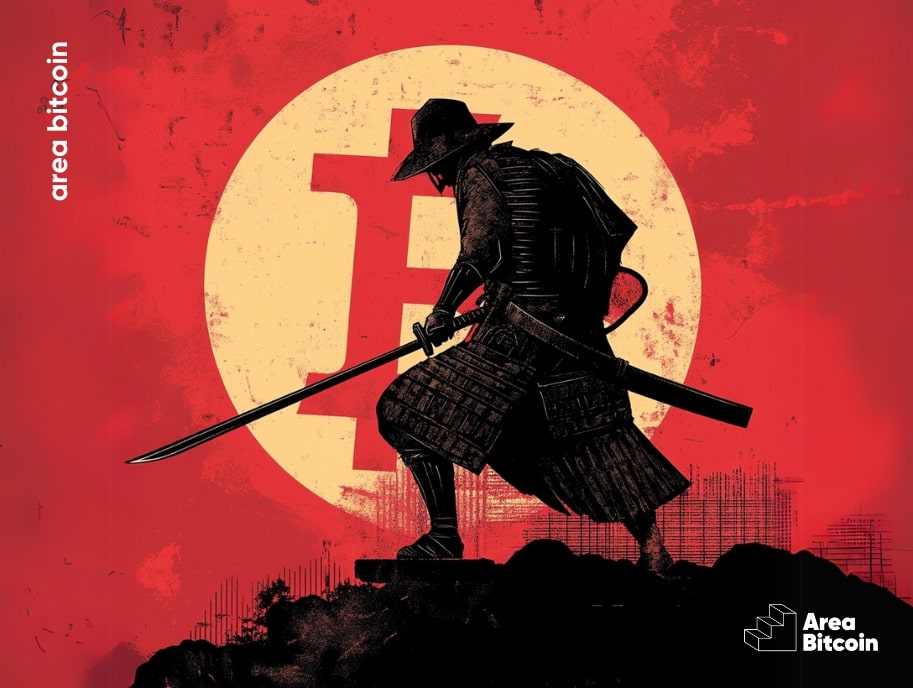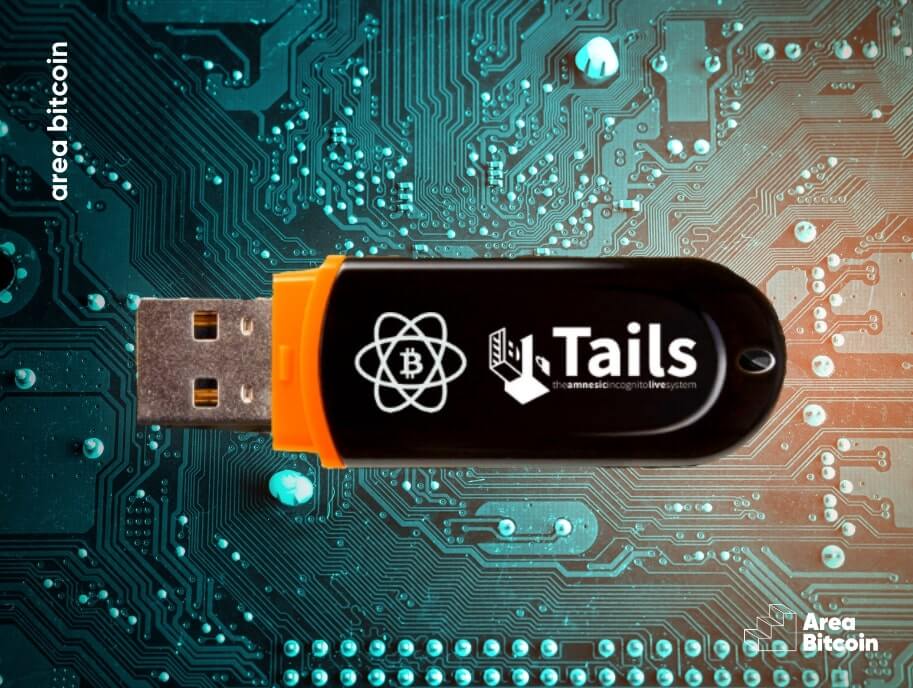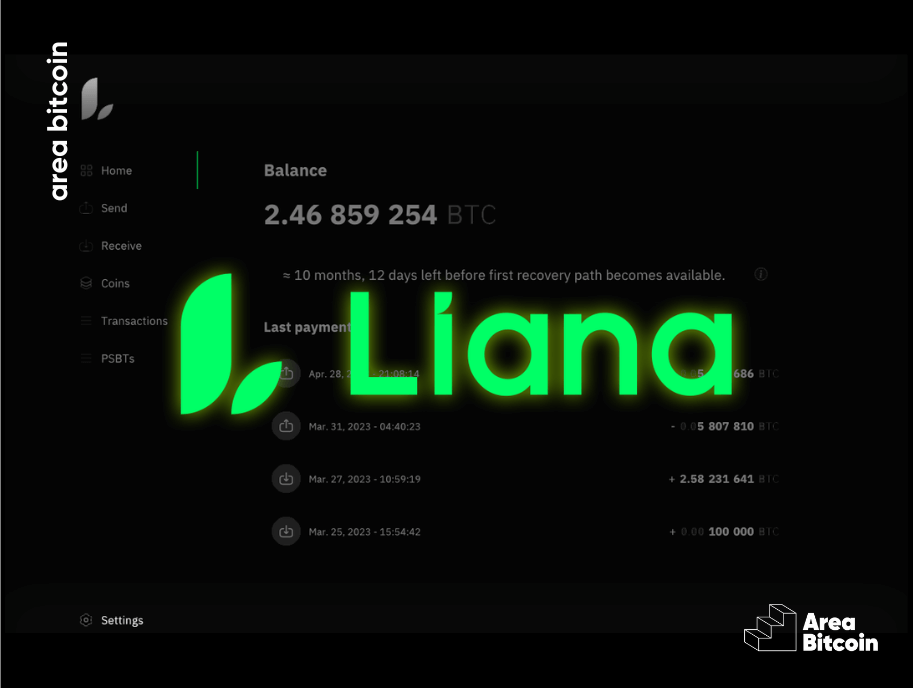The security of cryptocurrencies is a growing concern for Bitcoin investors. In this context, cold wallets, also known as hardware wallets, emerge as a reliable solution for storing Bitcoin offline securely.
Various new cold wallet options have emerged lately to store Bitcoin. In this article, I will present the best wallet options to store your Bitcoin offline that you probably haven’t heard of yet.
In this article, we will explore the best cold wallets available on the market, for you to store your Bitcoin safely and offline. Besides, we will explain how they work and highlight important criteria in your choice.
Therefore, whether you are an experienced investor or a curious beginner, this guide will help you.
What are cold wallets?
Bitcoin cold wallets, also known as hardware wallets or cold storage, are a type of offline storage. In contrast to hot wallets, which are constantly connected to the internet, cold wallets do not maintain an internet connection and are considered a much safer way to store bitcoins.
The reason for this is that bitcoins stored in an online wallet (hot wallet) are vulnerable to a variety of cyber-attacks, such as phishing, hacking, and other types of exploits, which could result in loss of funds. In cold wallets, the seeds are kept offline, making them less susceptible to these types of attacks.
There are different types of cold wallets, including:
Cold wallets can be physical devices, like USB drives or specialized hardware, or even paper printed with private key information.
Paper Wallets
Bitcoin paper wallets are, literally, wallets printed on paper that contain your Bitcoin wallet’s public and private addresses, represented in the form of QR codes.
These wallets are a form of offline storage and offer a secure way to store your cryptocurrencies, as the QR codes can be scanned when necessary to perform transactions.
Metal Wallets
Metal wallets are highly durable forms of storage for cryptocurrencies, similar to paper wallets. However, instead of being printed on paper, the public and private addresses are engraved on steel plates.
This sturdy material ensures protection against physical damage, such as fires or floods, providing an additional layer of security for your bitcoins.
Hardware Wallets
Hardware wallets are physical devices specifically designed to store digital coins securely.
These wallets generate private keys offline, ensuring that they never come into contact with a computer connected to the internet. This provides an additional layer of protection against cyber-attacks, as transactions can only be signed within the device itself, keeping private keys safe and out of reach of hackers.
What are the best cold wallets on the market?
The Bitcoin cold wallet sector has experienced significant growth in recent years, with growing demand not only from individuals but also from institutions needing to store large volumes of Bitcoin securely.
The security of storing and maintaining Bitcoin has become a growing concern due to significant events, such as the collapse of the FTX exchange in 2022.
In this episode, many investors who left their coins in the exchange had their balances frozen, suffering considerable financial losses. As a result, more people are choosing to take responsibility for the custody of their own coins, seeking to exercise full control and sovereignty over their money.
This movement has encouraged companies to develop new solutions and improve usability, security, and integration of cold wallets with other financial technologies.
Thus, as market demand increases, new cold wallets emerge, and below we present a list of the best cold wallets for securely storing your Bitcoin.
Jade Wallet

This is a hardware wallet created by Blockstream, the same company that developed the hot wallet Green.
Blockstream is one of the most famous and renowned companies in the Bitcoin ecosystem, with second-layer initiatives using the Lightning Network, as well as having created the Liquid Network.
Liquid is a sidechain of the Bitcoin blockchain, which allows the issuance of tokens pegged to BTC, along with the creation of various functionalities related to privacy, liquidity, and scalability, for example.
Liquid is a fascinating project by Blockstream because, like the Lightning Network, it demonstrates that we don’t need other cryptocurrencies besides Bitcoin. After all, everything that is done by other cryptocurrencies can be accomplished using the Bitcoin blockchain in combination with other drivechains and sidechains. Therefore, we can achieve the same functionalities as other cryptocurrencies, but in a more secure and decentralized manner.
Key Features of the Jade
Speaking of the Jade, it is the first hardware wallet built to integrate with Liquid. This means you can use it not only to store Bitcoin but also other tokens pegged to BTC, like L-BTC and even USDT.
Another feature that sets it apart from other wallets is that the Jade comes with an integrated camera, allowing you to scan QR codes practically.
Furthermore, the Jade Wallet offers advanced features, such as support for multisig technology, which adds extra layers of security by requiring multiple signatures to authorize transactions. The wallet is also non-custodial, meaning you maintain complete control of your private keys and, consequently, your funds.
The Jade wallet uses robust encryption and advanced security practices to protect private keys and transactions. However, it’s important to emphasize that, like any Bitcoin wallet, it is essential to take additional precautions, like making adequate backups of private keys and using strong passwords to protect access to the wallet.
How much does the Jade Wallet cost and where can you buy it?
If you opt to purchase the Jade wallet from Blockstream’s official website, the current price is $65.
Coldcard MK4

This is a Bitcoin-only hardwallet, made in Canada by Coinkite and boasting some very interesting features!
The Coldcard MK4 has advanced security features, including the ability to create multi-signature wallets, which require several private keys to authorize transactions.
One of the main differences between the Coldcard and other hardware wallets is the presence of a numeric keypad built into the wallet itself. This greatly facilitates the typing of numbers, as other options usually only provide two buttons, requiring option selection only through them.
The Coldcard MK4 is also known for its compatibility with different Bitcoin wallets and services. It uses open source code and is designed to be used with the Electrum wallet, but it’s also compatible with other wallets like Wasabi, Specter, and others that support the creation of transactions using external private keys.
Key Features of the Coldcard
Coldcard is particularly focused on physical security and one of the coolest things it has is the “Duress PIN.” This feature allows the user to create a dummy wallet. This means that if someone enters this security PIN instead of the true PIN, the wallet will work perfectly, but it will show the balance of another wallet that isn’t your main one. This way, in case of a physical attack, the intruders will only have access to the bitcoins you’re willing to lose and that were put into this dummy wallet.
It also allows for the creation of a Brick Me PIN, or self-destruct PIN. If you or someone else enters this PIN, the wallet will become completely useless and it will no longer be possible to carry out transactions.
This solution seeks to deal with physical attacks, known as “5 dollar wrench attacks”, where someone finds out you own a large amount of bitcoins and physically attacks or threatens you to obtain your private keys.
Anti-phishing phrase
Another interesting feature of the Coldcard is the Anti-phishing phrase. The PIN to access the wallet is made up of 8 digits, divided into two parts, for example, 1234-5678.
The Anti-phishing feature works like this: when you enter the first part of your PIN (1234), two different words are displayed on the screen.
Each Coldcard will display unique words, not repeated by other Coldcards.
This way, if the words that appear really correspond to your wallet, you can type in the rest of the PIN (5678) and use the wallet normally. This prevents someone from replacing your Coldcard with another, avoiding a type of attack known as a “Trojan Horse.”
How much does a Coldcard cost and where can you buy one?
The Coldcard MK4 has an approximate price of $150. You can purchase it directly from the Coinkite store’s website.
BitBox02

The Bitbox is produced by a Swiss company, ShiftCrypto, and comes in two versions:
- one that supports Bitcoin and various other cryptocurrencies;
- and a version that supports Bitcoin only.
According to the company, the Bitcoin-only wallet is more secure because it has fewer lines of code, reducing the possibilities of attacks.
Another interesting point about the BitBox is that it allows you to connect your own node to the desktop wallet app. In addition, you can choose which coins you want to spend and conduct more private transactions through integration with Tor.
The BitBox is designed to provide a high level of security for users wishing to securely store their cryptocurrencies. It is a compact and portable physical device, storing private keys offline, isolated from potential online threats.
Unique Features of the BitBox
The BitBox wallet uses an integrated secure chip and advanced encryption features to protect private keys. It has a friendly and intuitive interface, with physical buttons and a display for easy operation and verification of transactions.
Furthermore, it comes with a USB-C port integrated into the device, meaning you don’t need additional cables to connect it to your laptop.
However, the most distinguishing aspect of this wallet is that you don’t necessarily need to write down the seed, as your backup keys are stored on a mini SD card that’s included in the wallet’s package, and you can buy other cards to make multiple copies.
This is a different approach to storing keys, as many people criticize the fact that despite Bitcoin being digital, they still need to write down keys on paper. Therefore, this is an alternative solution.
Personally, in addition to the mini SD card, for security reasons, I prefer to write the seed down on paper as well.
How much does the BitBox cost and where can you buy it?
You can purchase the wallet directly from the company’s website for 126 euros, which is a disadvantage since this model is more expensive compared to its competitors.
Bitkey

Bitkey is a Bitcoin hardware wallet from Block, the company of Jack Dorsey, the creator of Twitter.
The wallet has not been officially launched yet and will undergo a beta phase.
During the beta test, the functionality of the Bitkey will be limited to basic operations, such as sending and receiving bitcoins, in addition to limited payments.
The wallet will operate in partnership with Coinbase and CashApp, allowing users to automatically transfer bitcoins from both platforms to the Bitkey.
Soon, Bitkey plans to establish partnerships with more exchanges so that users can buy bitcoins directly through the app. As mentioned earlier, Coinbase, the leading cryptocurrency exchange in the United States, announced an international partnership with Bitkey, which will allow users to convert bitcoins into local currencies.
In addition, Bitkey will have functions like sending, receiving, multisigs, a tool for wallet recovery in case of loss, and a smartphone app.
For now, it won’t support the Lightning Network.
Passport

Manufactured by Foundation Devices Inc., the Passport Batch 2 is a hardware wallet that keeps your Bitcoin’s private keys offline, protecting them from potential hacker attacks.
To use this wallet, you need to download a mobile app, such as Envoy, developed by Foundation itself. This app works as a guide for setting up the device and ensuring secure firmware updates of the Passport.
The purpose of the app is to make the “air gapped” security model more accessible. Communication between the Passport and the Envoy app is done through QR codes.
It’s important to note that even with the Envoy app serving as an interface for the Passport, the private keys always remain secure on the hardware device.
The MicroSD card that comes with the wallet allows for the storage of an encrypted version of your private keys, and also offers the ability to securely update the Passport’s firmware.
Unique Features of the Passport
Passport’s broad display and intuitive menus offer an incredibly simple user experience. Unlike other wallets, you don’t need to spend long periods scrolling a tiny screen or entering a complicated password with just two buttons.
The Passport has no USB ports or wireless communication capabilities. Transactions are conducted by scanning a QR code. This prevents external intruders from interacting with the device.
How much does the Passport cost and where can you buy it?
On the official Foundation website, the price of the Passport is $199.
Multi-Currency Cold Wallets
In addition to the wallets mentioned earlier, there are two well-known brands in the market that were among the first to emerge:
- Trezor
- Ledger
Both are hardware wallets that support Bitcoin and other digital currencies.
Let’s learn a bit more about them!
Trezor

Trezor, from the Czech company SatoshiLabs, was the first hardware brand to appear on the market in 2014.
It’s known for offering a high level of security in storing digital currencies. Although it’s possible to turn the Trezor wallet into a Bitcoin-only wallet by installing specific firmware, by default it’s a multi-currency wallet that supports cryptocurrencies other than Bitcoin.
Unique Features of Trezor
The Trezor T, which is the more expensive model, has a built-in touchscreen that allows users to view and verify transaction details directly on the device before confirming them, which is quite convenient during use.
In addition, Trezor is an open-source wallet, which means its software is auditable and transparent. This increases user trust as experts can review the code to ensure its security.
How much does a Trezor cost and where can you buy one?
Trezor has a store on its website where you can purchase the wallets directly, with prices ranging from 69 dollars for the entry-level model to 219 dollars for the brand’s most advanced model, with a touchscreen.
Ledger

Ledger is a French company specialized in manufacturing cryptocurrency hardware wallets.
Founded in 2014, the company is known for its Ledger Nano S Plus and Ledger Nano X products. These compact devices allow users to store their private keys securely and offline.
The wallet supports several digital currencies and is known for its ease of use and intuitive interface, making it one of the most popular options on the market today.
Unique Features of Ledger
Ledger has its own app called Ledger Live that can be installed on a PC, as well as Android and iOS mobile devices. This way, you can monitor your balances even without your device at hand.
Certainly, one of its biggest assets is the user-friendly and easy-to-use interface. Ledger offers an intuitive experience for initial device setup, private key management, and transaction execution.
How much does a Ledger cost and where can you buy one?
Ledger models range from 79 dollars to 149 dollars and can be purchased directly from the official website.
Share on your social networks:
Area Bitcoin is an educational Bitcoin school that aims to accelerate the financial and intellectual sovereignty of all individuals.
Did you like this article? Consider buying us a cup of coffee so that we can keep writing new content! ☕

